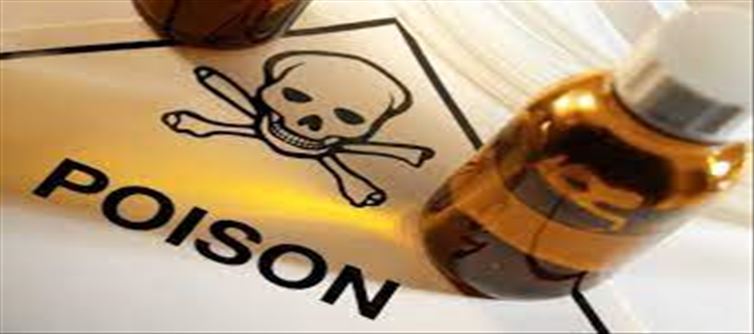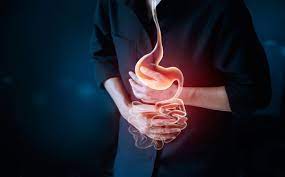

In actuality, the word "poison" is derived from the Latin word "potare." It implies "to drink." Swallowing allows the majority of the poison to enter the body. Poison, however, can also enter the body through other channels. In the event that a poison is dissolved in the air, for instance, the poison may enter the body by skin penetration, breathing, direct injection into the veins, radiation exposure, or bug or snake bite.
How many different kinds of poisons exist?
Poisons can take many different forms. might take the shape of a chemical. It could be combined with food or something tactile such as paint thinners, cyanide, or cleaning supplies for the home. Still, poisons can occasionally be found in products we use or eat on a regular basis, such as food and medications.
In addition, drinking water tainted by pollutants from industrial or agriculture can also turn toxic. Food can also be poisonous if it is not prepared or stored with caution. While medications might be helpful when taken in the recommended dosage, overdosing on them can have deadly consequences.
Which toxin has what effects?
Thorium is a toxin that affects gradually. The human body experiences its effects gradually. Tasteless, odorless, and colorless is thallium. Numerous items include thallium, including electronics, some kinds of glass lenses, and rat poison. Its symptoms take time to manifest. The body absorbs the poison gradually, and it may take several days or weeks for symptoms to manifest.
Thallium can enter the body through the skin if it is on something and you contact it. Thallium levels in blood or urine are typically less than 1 microgram per liter in healthy individuals. However, in those who abstain from poisoning, this amount may range from 1 to 10 mg per liter. Arsenic is another such toxin. The body is also gradually impacted by this. Patients with this poisoning are more likely to experience stomach-related issues.




 click and follow Indiaherald WhatsApp channel
click and follow Indiaherald WhatsApp channel